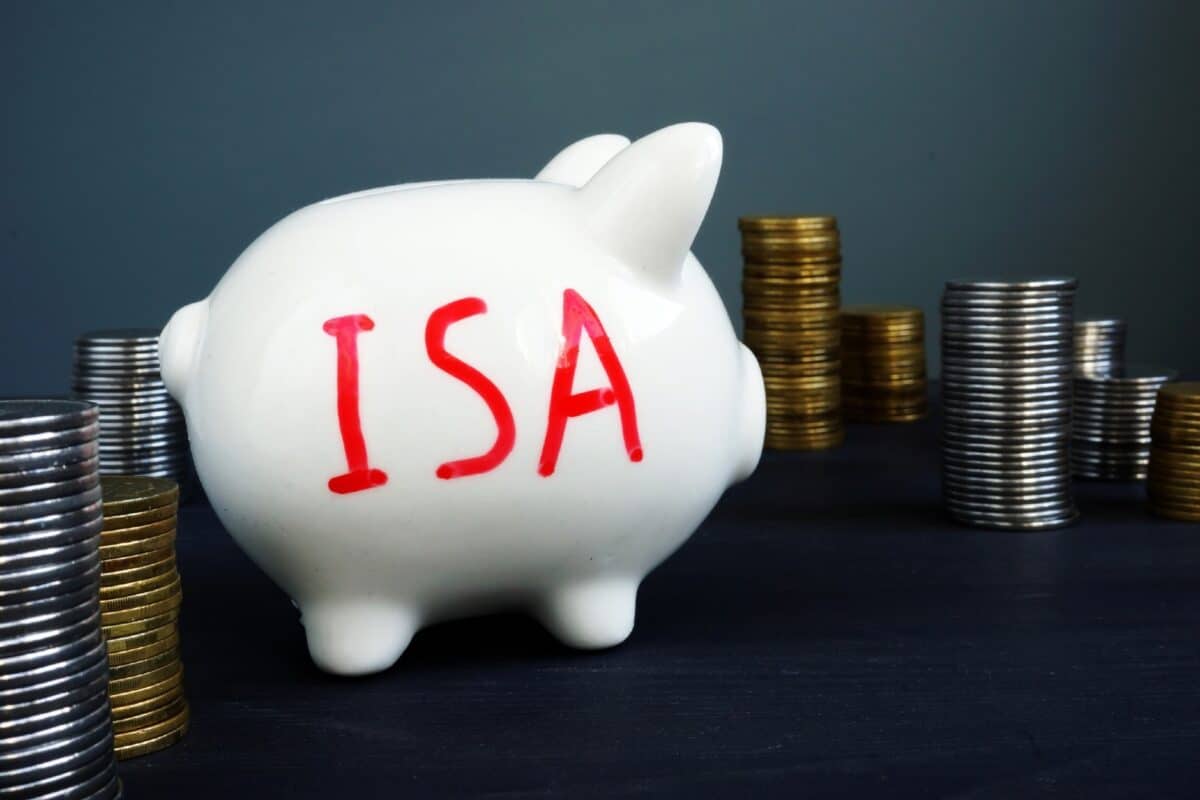
Image source: Getty Images
With most UK shares paying higher dividends than their US counterparts, they’re a tempting option for income-focused investors. And with a Stocks and Shares ISA, savvy investors can shield their returns from taxation. This type of ISA allows up to £20,000 per year of investment with no capital gains tax charged on the returns.
Please note that tax treatment depends on the individual circumstances of each client and may be subject to change in future. The content in this article is provided for information purposes only. It is not intended to be, neither does it constitute, any form of tax advice. Readers are responsible for carrying out their own due diligence and for obtaining professional advice before making any investment decisions.
But that’s just the first step.
Regular share purchases are a cornerstone of successful investing. Even with just £100 monthly contributions, the long-term returns can be surprisingly substantial. When investing in dividend stocks and adopting a dividend reinvestment program (DRIP), the compound returns can really add up!
The dividend duo: affordability and payout
In the world of dividend investing, two factors are key: the company’s generosity (dividend payout) and the stock’s price tag (current cost). Thankfully, the FTSE 100 and FTSE 250 offer a wide selection of high-paying dividend stocks. Sure, the US has high-growth tech stocks but dividends are something the UK does particularly well.
Right now, several well-established British companies offer a dividend investor’s dream – yields up to 10%! At those rates, a mere £100 invested monthly could translate into a very comfortable passive income stream by retirement.
To maximize returns and minimize outgoings I think investing through a Stocks and Shares ISA is the best option. But the question remains — which stocks unlock this treasure trove?
Let’s delve deeper and unearth a dividend gem!
Primary Health Properties
Primary Health Properties (LSE: PHP) is a real estate investment trust (REIT) specialising in healthcare facilities. It’s currently trading near a 10-year low and has recently begun gaining. It’s down 45% since hitting an all-time high in August 2021 but has increased 5% since its lowest point in November last year.
That could indicate the beginning of a recovery.
With a 6.8% dividend yield, grabbing this stock while it’s cheap could net shareholders some decent returns, if that recovery continues. Between 2010 and 2020, the stock increased 115%, equating to annualised returns of 6.4%. If the real estate industry does improve in the coming years, the company might be able to repeat that performance.
It has also increased its dividend almost every year since 2000 at a compound annual growth rate (CAGR) of 3.2%. If that continues, a regular monthly investment of £100 into the stock could grow to £165,572 in 20 years, paying an annual dividend of almost £20,000.
No guarantee
The above scenario is just an example, and is based on past performance, which is never guaranteed to continue. It’s possible that the upcoming UK election disrupts markets, causing a drop in real estate prices. Some brokers are concerned that a Labour victory could bring about stiffer regulations regarding real estate. That could hurt Primary Health’s share price.
Another concern is the balance sheet. The company’s debt load of £1.33bn overshadows its £1.2bn market cap. Profit margins are already down more than half from last year and earnings per share (EPS) missed analyst expectations by 68%. Further losses could leave it struggling to cover its interest payments — not a good situation to be in. Those are worrying figures because if they don’t improve, it could threaten dividend payments.
Taking into consideration the above risks, it would be wise to invest in several dividend stocks across various industries. Through diversification, an average yield of 7% could still be achieved while reducing the impact of losses from a single asset.










